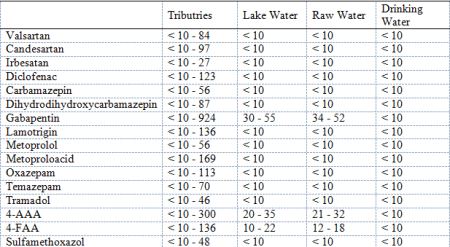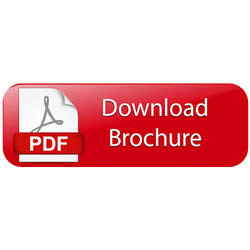
Michael Petri
Lake Constance Water Supply, Germany
Title: Occurrence of pharmaceuticals and transformation products in raw and treated drinking water in Lake Constance
Biography
Biography: Michael Petri
Abstract
The occurrence of 36 pharmaceuticals and transformation products in surface and treated drinking water of Lake Constance was investigated. Lake Constance is the third largest lake in Europe and located at the northwest edge of the Alps. 17 drinking water suppliers withdraw about 170 million cubic meters of surface water from Lake Constance to serve more than five million people with drinking water. Over 95% of the wastewater in the catchment area of Lake Constance is treated before entering the lake. Pharmaceuticals which are not removed efficiently by waste water purification are discharged into receiving waters and can reach the water of Lake Constance. Therefore, it is useful to investigate the occurrence of pharmaceuticals in the surface water and in the treated drinking water of Lake Constance. Water samples were taken from 17 different tributaries, from the lake water (depth profile) and raw- and drinking water from Lake Constance water supply. The samples were analyzed by liquid chromatography with high resolution mass spectrometry (LC-HRMS, Q Exactive and Thermo-Fisher Scientific) after filtration and direct-injection (DI). The limit of quantification of all pharmaceuticals for the DI-LC-HRMS method is 10 ng L-1. In the tributaries 16 of 36 investigated pharmaceuticals and transformation products were detectable in concentrations up to 169 ng L-1. 4-acetylaminoantipyrine (4-AAA) and gabapentin could be measured in concentrations even up to 300 ng L-1 and 924 ng L-1, respectively. In lake water and in the raw water of Lake Constance water supply only 4-acetylaminoantipyrine, 4-formylaminoantipyrine (4-FAA) and gabapentin were detectable in concentrations between 10 and 55 ng L-1. At Lake Constance water supply, the raw water is drawn from a depth of 60 m and is treated with ozone and rapid sand filtration. In drinking water all investigated pharmaceuticals were much below the limit of quantification (10 ng L-1).


